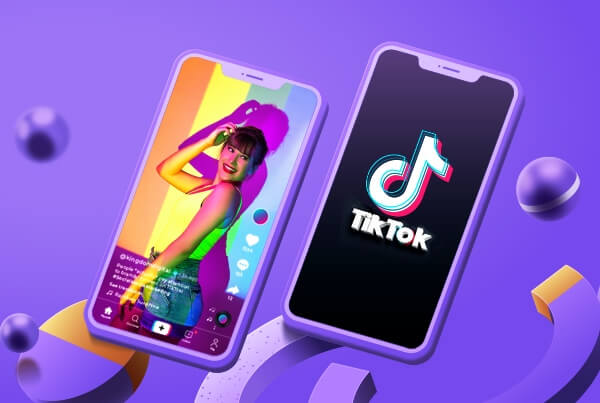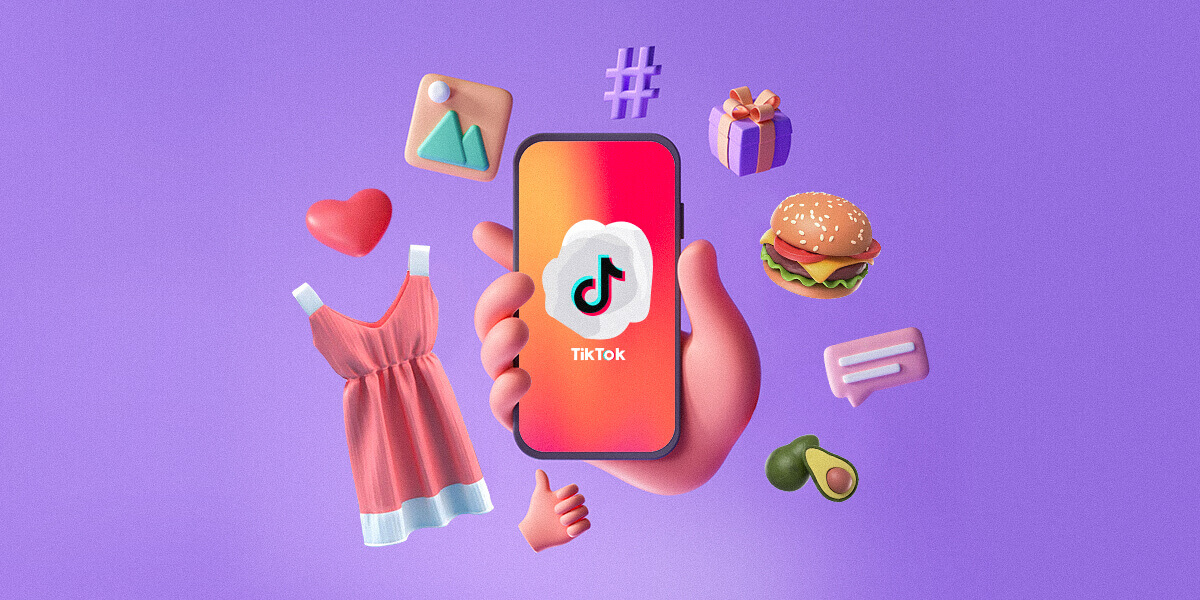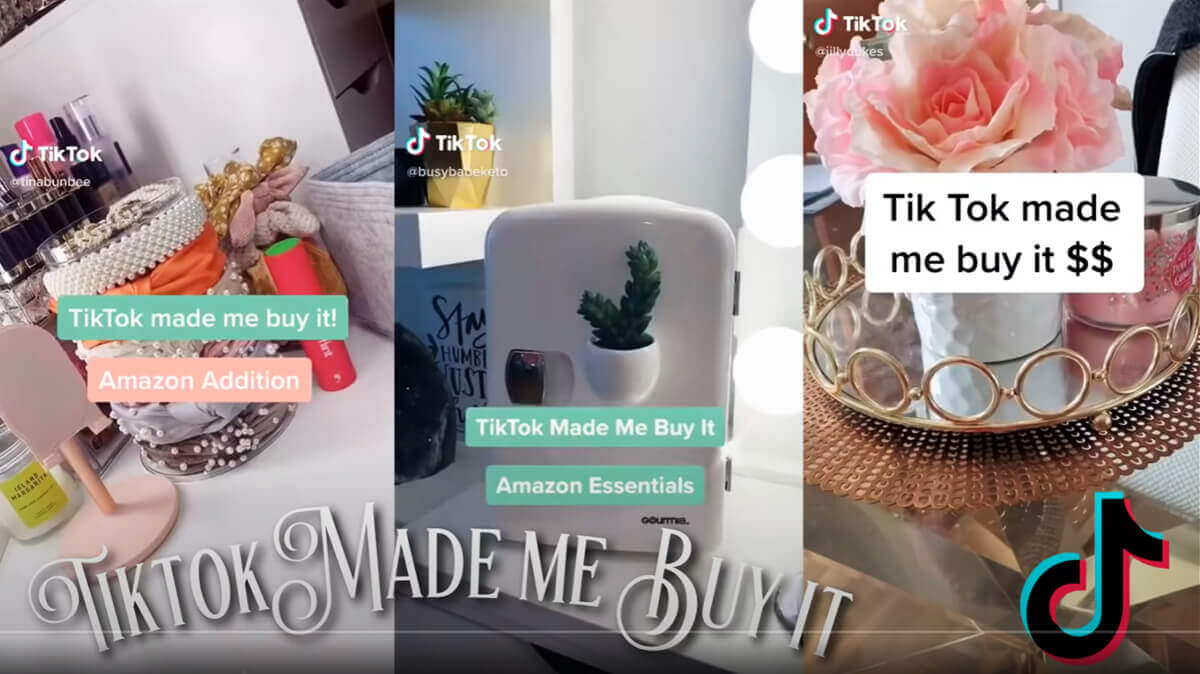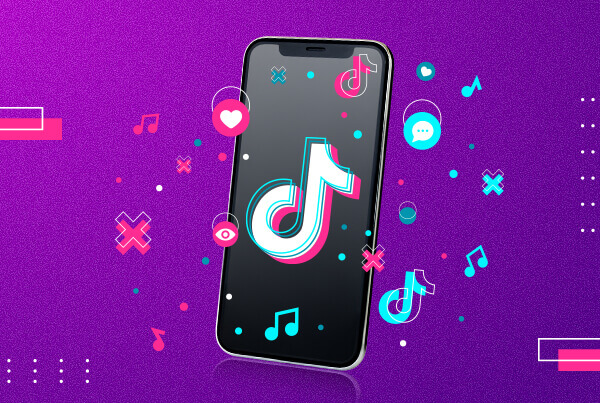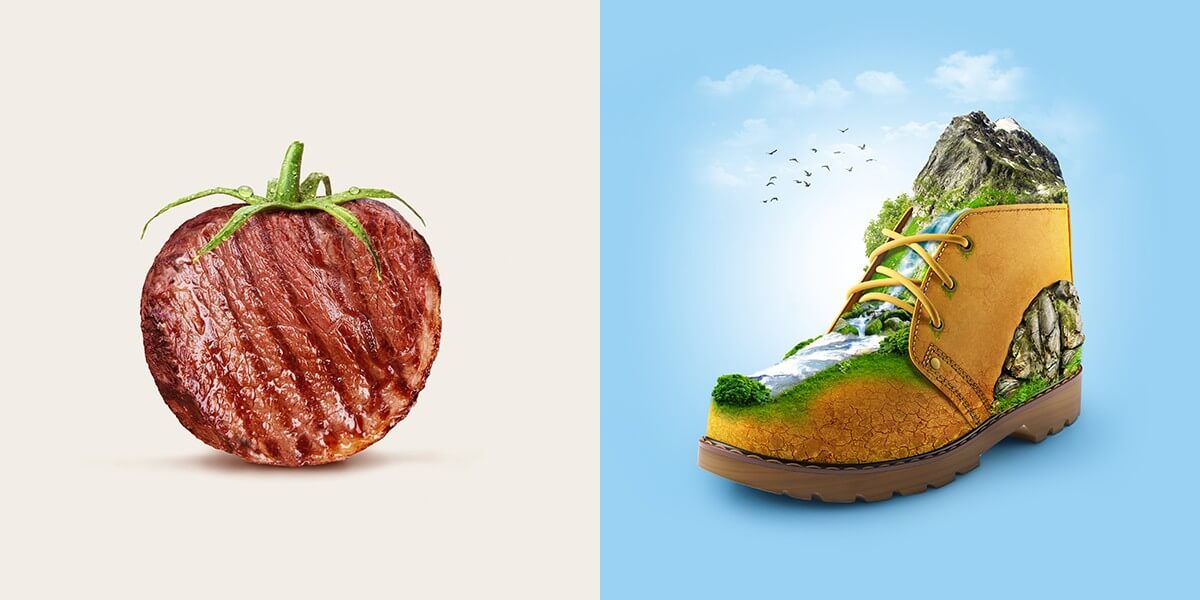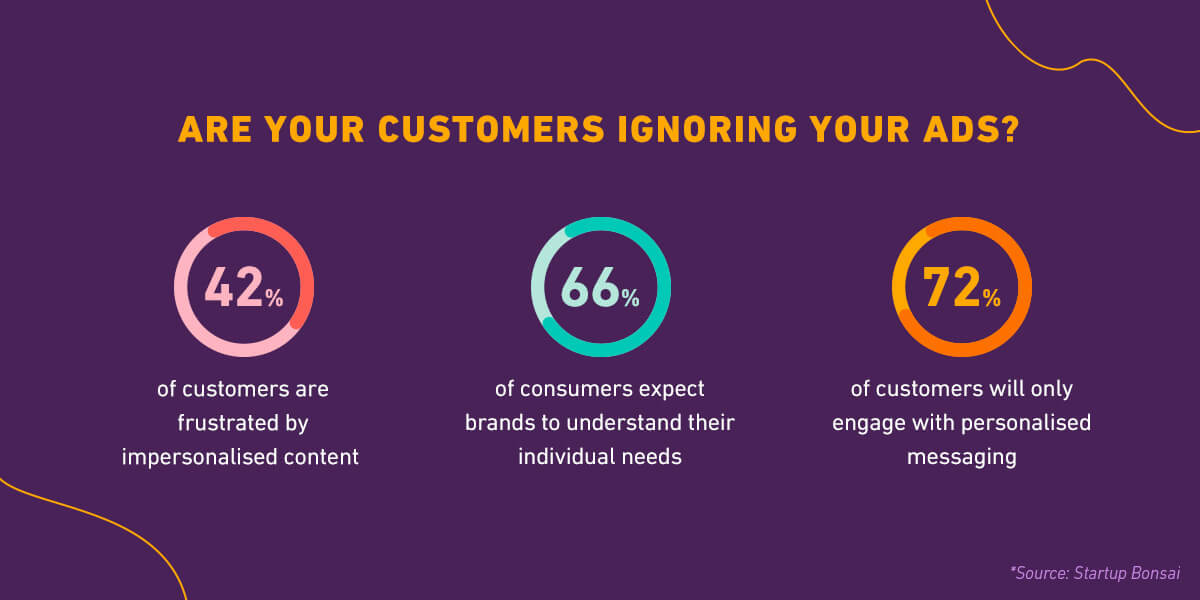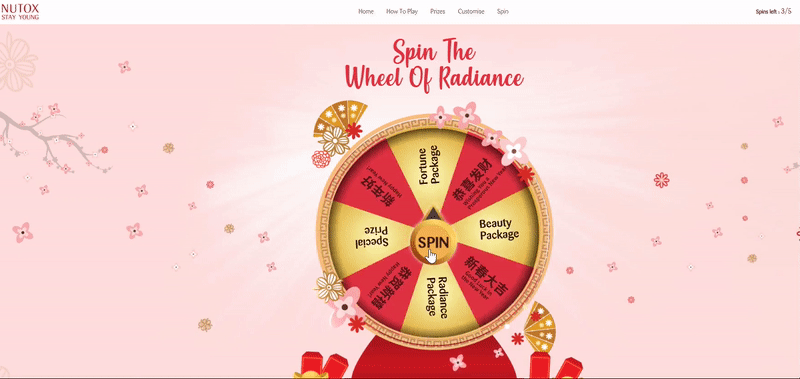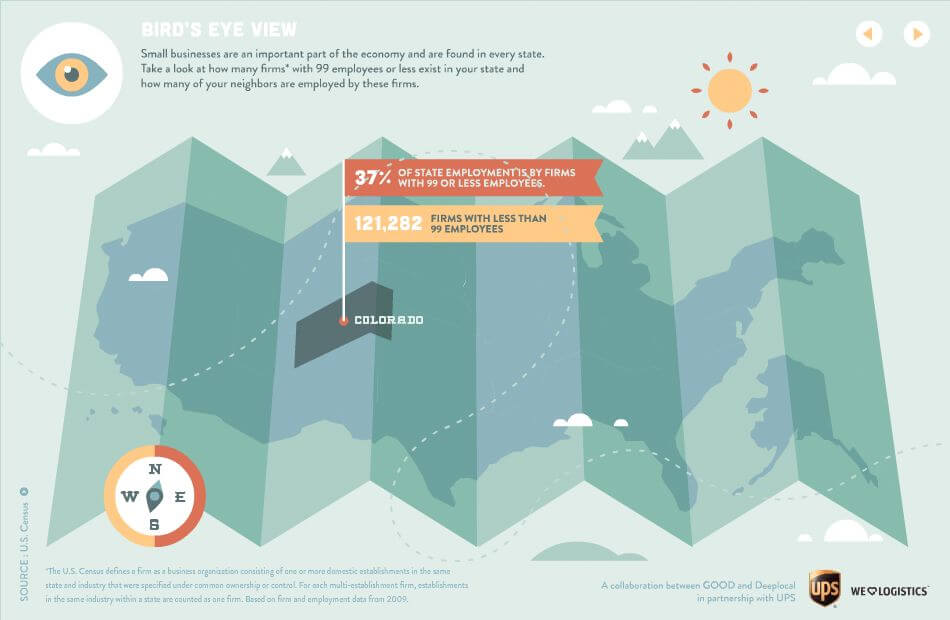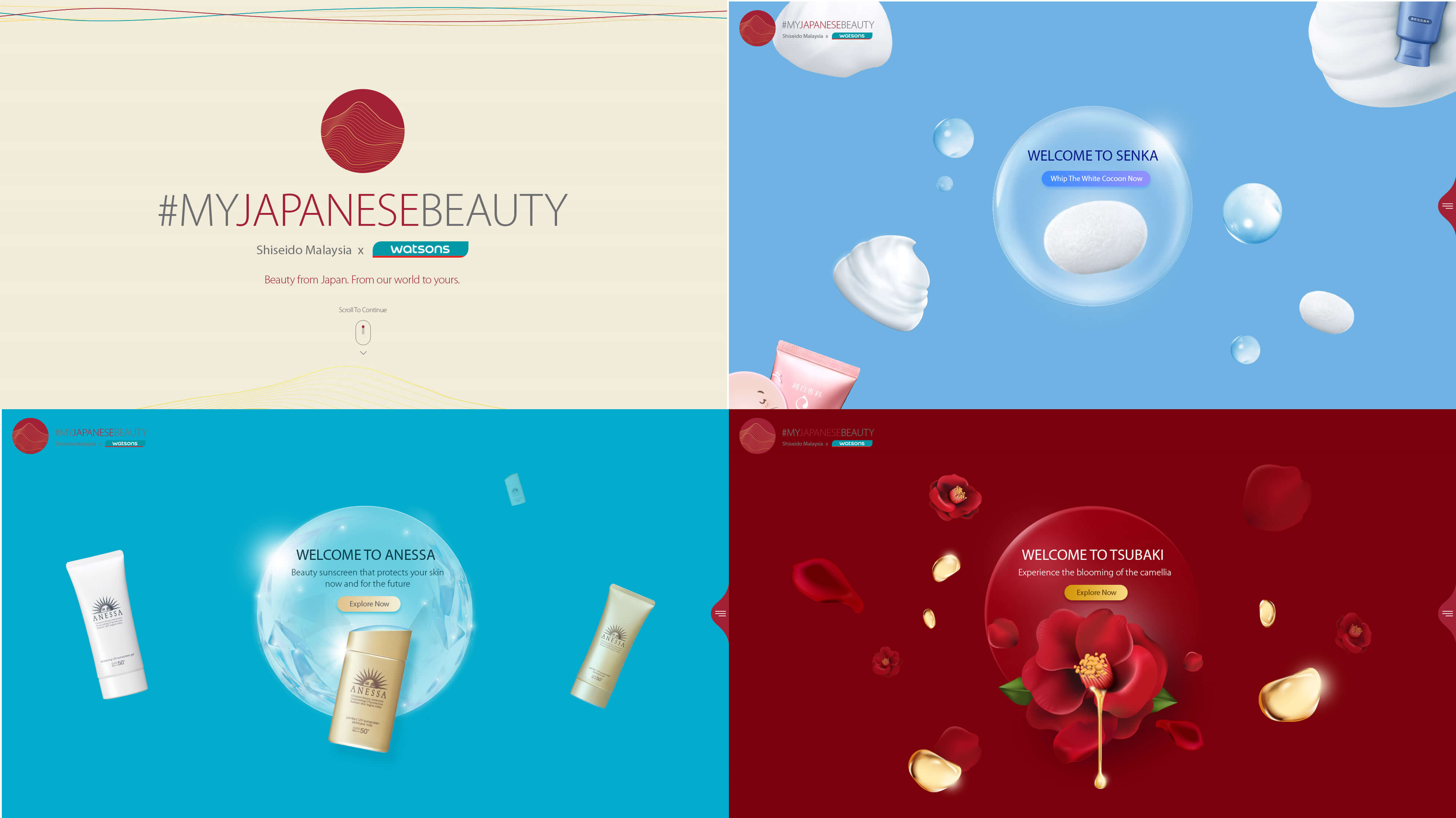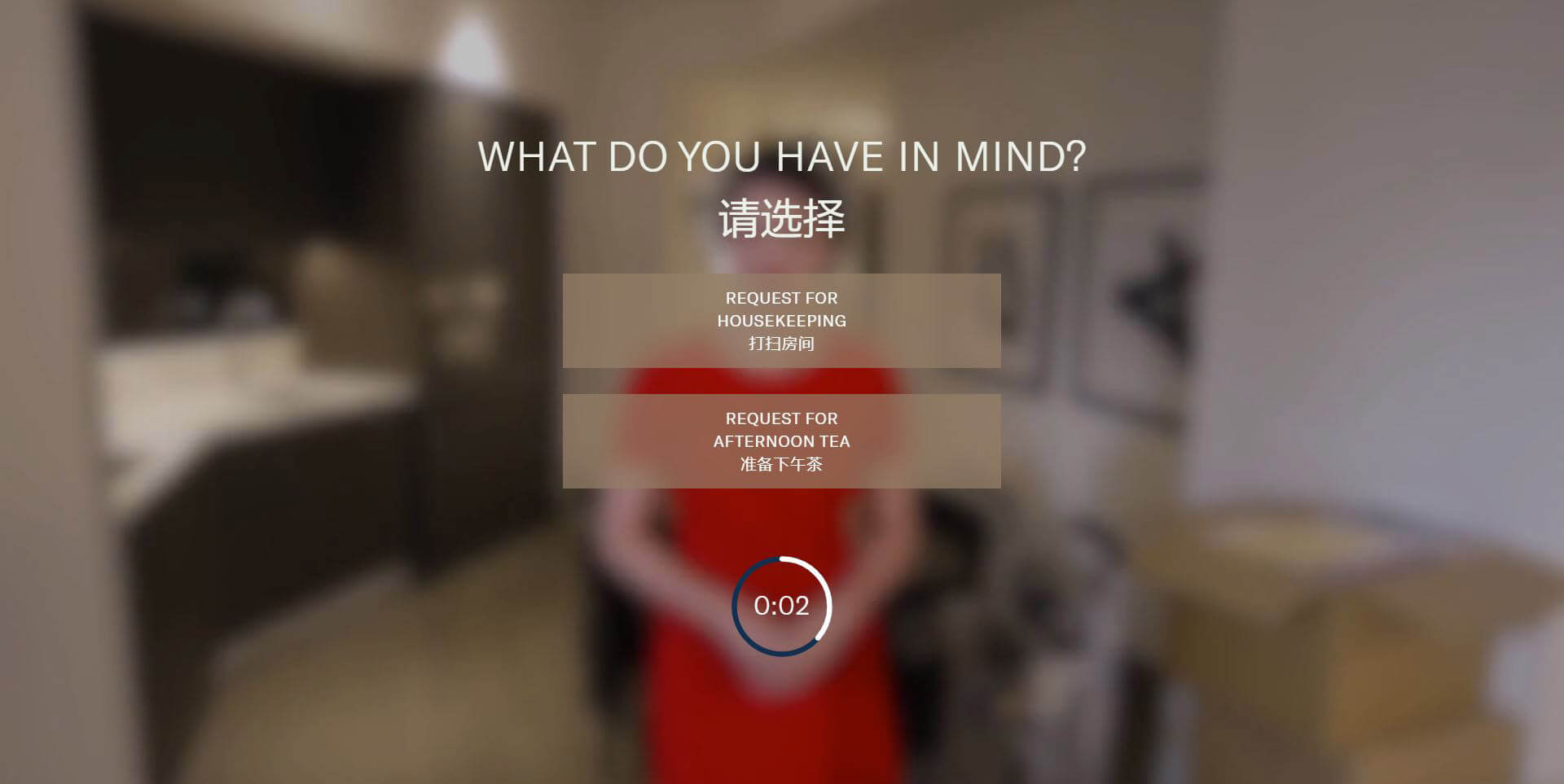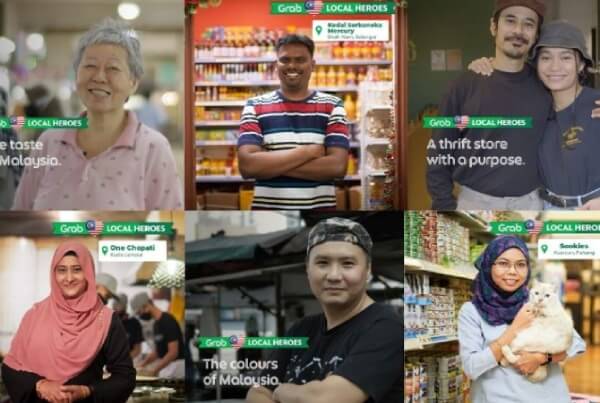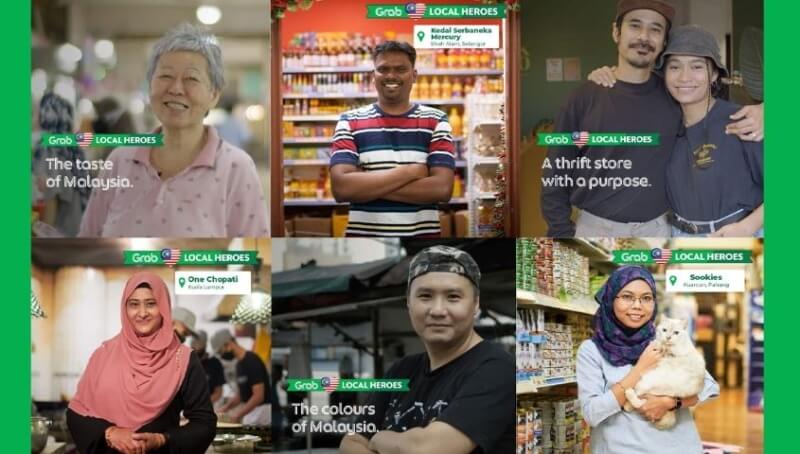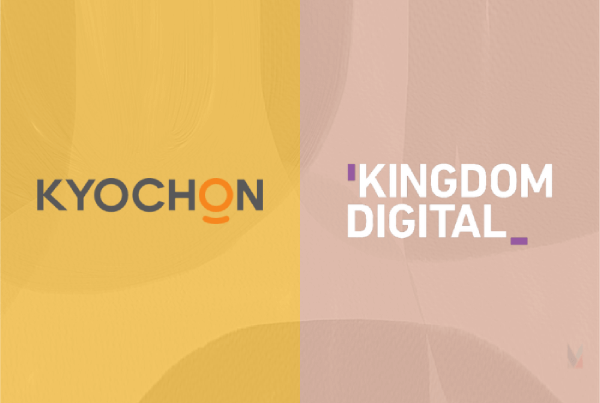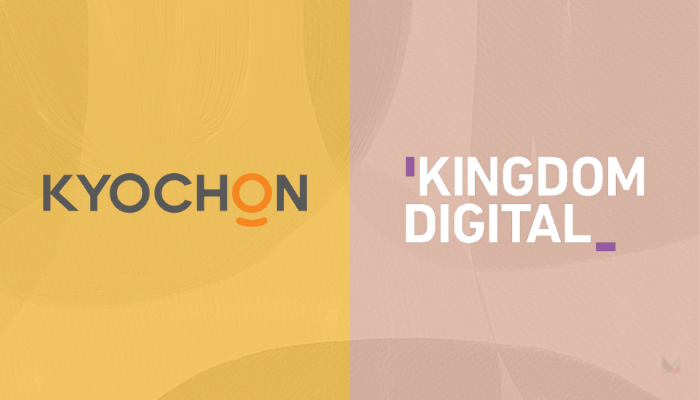
NFTs are everywhere and you’ve likely heard of them, but just what are they? Are they linked to cryptocurrency or are the two the same thing? What relevance do NFTs have for brands?
We’ll give you a short breakdown and take you through why all the big brands are jumping on the NFT train.
What are NFTs?
NFTs is short for non-fungible token. The Forbes definition describes it as a “digital asset that represents real-world objects like art, music, in-game items, and videos” that are “bought and sold online”.1
Since its introduction in 2014, NFT application has expanded widely to all sorts of areas, from premium auction houses like Christie’s to regulating and authenticating NBA tickets.1
Are NFTs and cryptocurrency the same?

The short answer is no. Though NFTs are built on a similar platform3 to cryptocurrency, it is more of a subset of crypto culture.
| NFTs | Cryptocurrency | |
| Fungible/Non-fungible | Non-fungible
Meaning it is a unique item that cannot be replaced with something else2 and is not mutually interchangeable3. |
Fungible
Is not a unique item, this means it can be interchangeable. E.g., 1 bitcoin can be exchanged with 1 bitcoin.3 |
| Economic value | Has more than Economic value
NFTs can hold both monetary value as an investment and immeasurable value (e.g., community, exclusivity, status).4 |
Only has Economic value
Cryptocurrency is a currency and can be used to purchase items (that have the platform for it) in the same way transactions are made online.3 |
Do NFTs have any value?
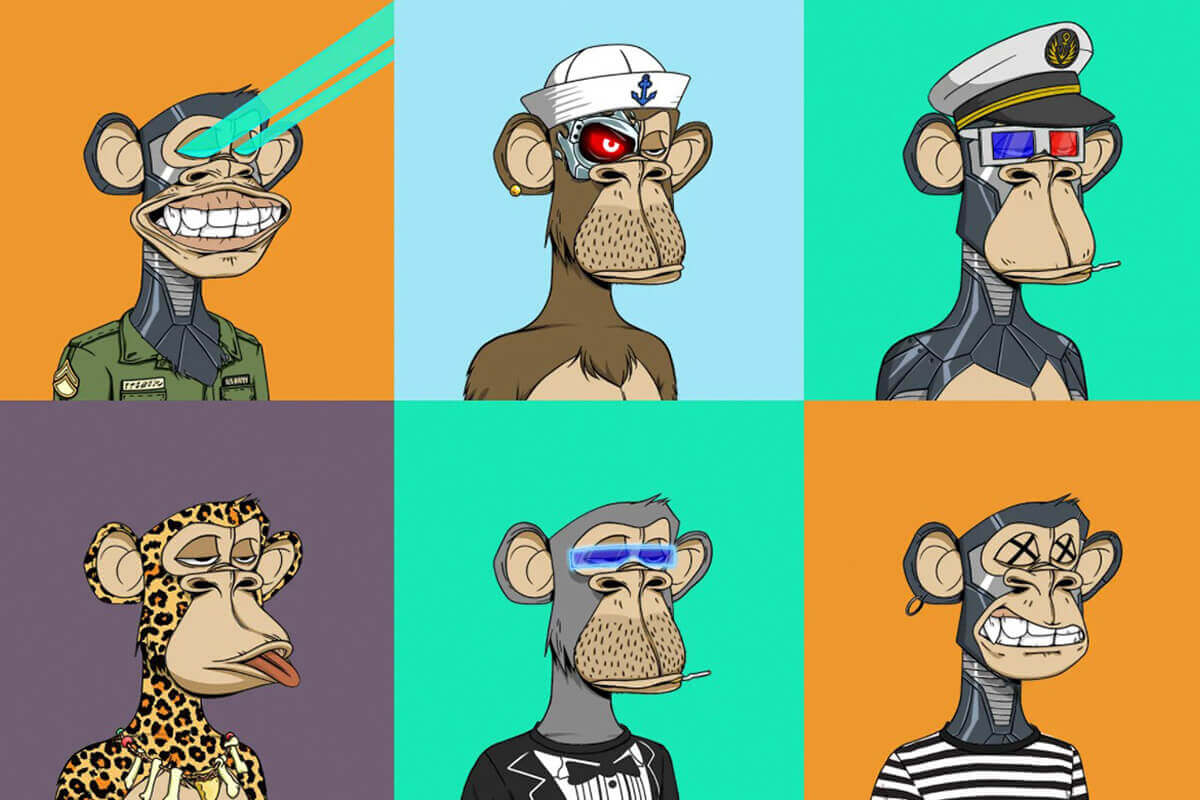
Source: The New Yorker
Let’s start with where NFTs derive their value from. According to an article in the Harvard Business Review, NFTs have value in these ways.
First, NFTs are a new class of digital assets
NFT value first lies in its mimetic nature—meaning it holds value because other people value it.
This means the value of an NFT hinges on its community. Harvard Business Review goes as far as to say that the success of an NFT project is dependent on a robust community of users or early adopters to establish the NFT’s value.4
Second, the tech underlying NFTs has practical usage
The value of NFTs to brands begins beyond their current image as a digital collectable. NFT technology offers a realm of opportunity for brands seeking to expand their digital touchpoints.
Certain features include:
- Clear ownership. This prevents counterfeiting and can function as a4 membership card, ticket, or a key to a virtual community space.
- Making it easy to send additional digital or physical products to anyone who owns a specific token.
This is where brands can explore, experiment, and integrate NFTs into a successful strategy.
So NFTs are cool, but what does it do for my brand?
NFTs in the now and the future could be the central, digital touchpoint between brands and their consumers.5 Unlike NFT-focused brands, a brand-backed NFT is about “tying the core of the brand” with the brand and core product.
As NYU Professor Arun Sundararajan puts it, “brands must look further ahead than the design and implementation of the NFT sale itself… and think about what this means for the evolution of their relationship with their customers…”6
Here are 3 ways brands can benefit from and dabble into NFTs:
1. Improved brand perception

Source: ONE37PM
Budweiser’s NFT Royalty drop combined philanthropic efforts with a commercial NFT project to offer micro-sponsorship, “allowing the brand to rise above the more prosaic philanthropy” of donating the proceeds like other brands have tried.8
What they did7:
- Budweiser sponsored 22 rising musicians via their Royalty NFTs, creatively using the capabilities of NFT technology for micro-sponsorship.
- The Royalty NFTs enable anyone to invest in these emerging artists before they are famous and to extend their support to them.
- They sold 11,000 tokens in total, with 500 NFTs per artist distributed across three tiers (core, rare, and ultra rare).
- The NFTs were intended to represent users’ loyalty to their favourite artist.
- The higher the tier of NFT, the better the perks, including one-on-one video calls with their favourite artist.
- NFTs were available to purchase with credit cards and certain types of crypto-currency.
This launch improved Budweiser’s brand perception in two ways.
- First, the philanthropic dimension to their NFT drop complemented their existing reputation as a contributor to the entertainment space.
- Second, their early NFT adoption “positioned the brand as an innovative leader in [its] space.”8
2. Modernised loyalty marketing

Source: Vogue Business
“Branded NFTs represent a new way for people to bring physical belongings into virtual worlds and articulate brand affinity. They’ll do this for the same reason that some people buy limited-edition vintage sneakers in the real world—to be seen wearing them.”9
Put another way, NFTs will become a social currency that connects people to brands8 and this is possible across various industries.
Beauty brand Clinique eschewed treating their NFTs as an asset with monetary value and instead used them to build community and loyalty.
As Carolyn Dawkins, Senior VP of Clinique Global Online puts it,
“These NFTs are a uniquely contemporary way to celebrate loyalty and put our consumers in the driver’s seat, with storytelling and engagement at its core.”10
What they did:
- They hosted a giveaway where the terms to join included signing up for a loyalty programme.10
- Created NFTs inspired by cult favourite products as part of a rewards scheme to shoppers who signed up for the loyalty programme. Shoppers got to own 1 out of the 3 NFTs, got early access to buy often unavailable items, and gained free Clinique products. 10
- Set up crypto wallets for the winning customers and got their foot in the proverbial Metaverse door, setting them up to easily join their VR (Virtual Reality) community spaces.10
- Used the loyalty programme to gather first-party data and insights.10
- This use of NFTs to engage the customer rewarded existing members, incentivised new members to sign up, and offered some social currency to owning a Clinique NFT.
3. Enhanced consumer experiences

Source: Stylus
Due to the nature of NFTs, they can be endowed with increased purpose over time4. This means early NFT offerings such as a ticket or brand collectable could become a digital key to exclusive experiences later.
This can take the form of9:
- Exclusive admittance to in-person events, conferences, VIP lounges, special venue sections, and so on.
- Access to private, moderated Discords where brands can reward super customers through giveaways, surveys, gifts, tutorials, and even one-on-one chats.
- Commercial ownership in part or in full, turning the customer into an investor, a member of a club, a brand shareholder, and a participant in a loyalty program all at once.
As the metaverse becomes a reality, NFTs will become invaluable to marketers, in part because of their ability to work with other digital products and systems. Thus, making them usable across virtual communities.9
With improvement in technology, there will be questions. Two common concerns consumers have in the ever-evolving digital era are about privacy and accessibility. Though tools like NFTs provide opportunities to better personalise consumer experiences, are consumers themselves able to receive these experiences or would NFT accessibility present a point of friction?
Further food for thought includes privacy concerns the educated consumer might have, how their data might be collected and used, and so on. For brands, will there be a need to address these concerns?
We’re in very early stages of the metaverse and by proxy, our adoption of elements like NFTs. Naturally, brands are taking a largely experimental approach. Brands are either early adopters and address issues as they come, or they wait and see.
However, one thing is clear. These concerns have yet to hit the mainstream while brands that have embraced NFTs are in a win-win situation for themselves and customers.
Get in touch to see how we can help you.
References:
- 1 What Is An NFT? Non-Fungible Tokens Explained
- 2 NFTs, explained
- 3 NFTs vs Cryptocurrencies: What is the difference between the two?
- 4 How NFTs create value
- 5 How your brand should use NFTs
- 6 Arun Sundarajan, LinkedIn
- 7 What is the Budweiser Royalty NFT Project?
- 8 Advantages of Being a NFT First-Mover: A Budweiser Case Study
- 9 How NFTs can help brands modernize their loyalty programs
- 10 Clinique’s first NFT ties to loyalty and products as uses expand

